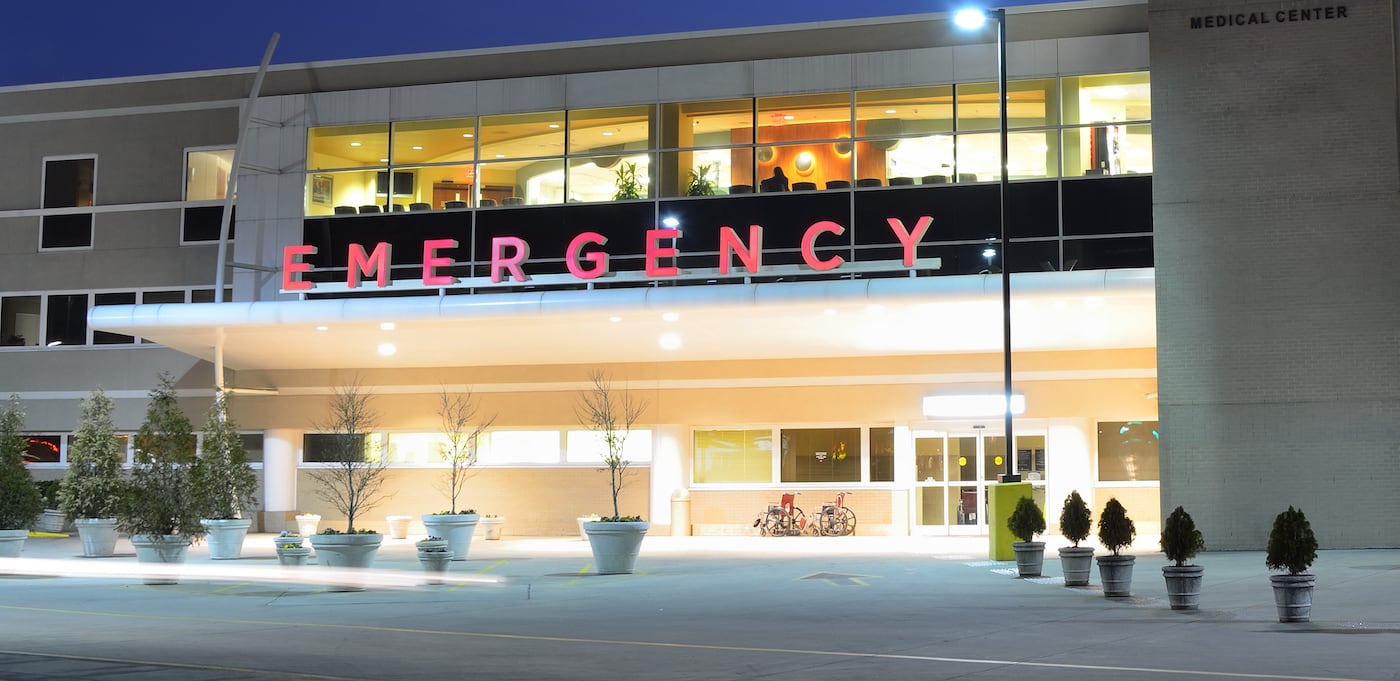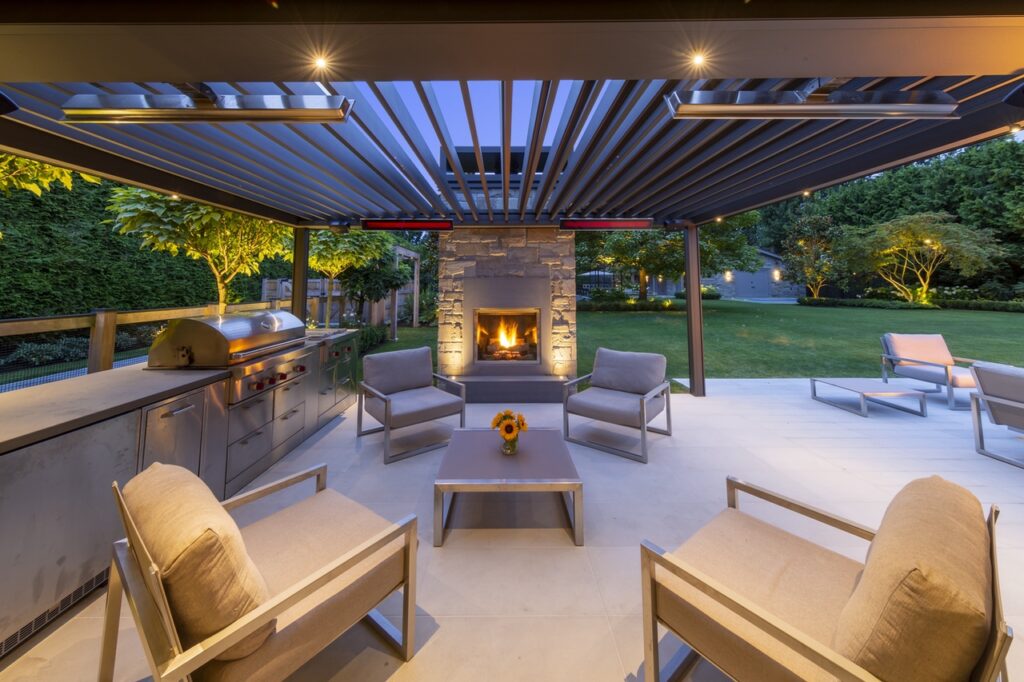The clinical benefits of keeping patients warm and comfortable are widely recognised across the medical field. Sometimes it’s only a matter of a few degrees that separate a successful recovery from a complicated surgery and long road to recovery. Radiant heating systems can play a key role in reducing the risk of hypothermia and contributing to a patient’s general wellbeing during the examination, resuscitation, and recovery stages.
Reducing the risk of hypothermia
Hypothermia occurs when a person’s core body temperature drops below 35 °C. Although it is generally brought on when the body is exposed to the cold and is no longer able to generate enough warmth to compensate for the lost heat, it doesn’t have to be cold to create a hypothermic environment. Shock as a result of injury, illnesses such as diabetes or hypertension, exhaustion, alcohol or medication all impact the way the body regulates its temperature. In fact, “as many as 50 percent of trauma patients transported by emergency medical services are unintentionally hypothermic by the time they reach the hospital.”[1]

Hypothermia is also considered a common side effect during the first hour of general anaesthesia[2] due to redistribution of body heat from its core to the periphery. In addition, anaesthesia will affect the body’s thermoregulatory control and alters the way in which the body responds to a drop in core temperature. Heat loss can be further exacerbated by the temperature of the environment or particularly invasive surgical procedures that promote excessive heat loss. In fact, inadvertent hypothermia is one of “the most common complications during the perioperative period and has been recognised to contribute to surgical site infections, increased blood loss, myocardial ischemia, increased duration of postanesthetic recovery and hospitalization, and patient discomfort.”
Maximising thermal comfort
Maintaining a patient’s thermal comfort, or state of normothermia, before, during and after any procedure is vital. Defined as “the individual person’s perception of comfort, lacking distress from feelings of being too cool or too warm,” thermal comfort can significantly reduce the risk of hypothermia-induced complications. Moreover, multiple studies have demonstrated that patients feel less anxious when warming methods, such as reflective blankets, are used in the pre- and post-operative stages.[3]
However, while pre-emptive warming of a patient with blankets or forced air devices is a common strategy in many medical institutions, this may not always be possible depending on the condition of the patient, such as the existence of open wounds, for example. Forced air devices, on the other hand, circulate air around the room, increasing the risk of airborne contamination of the surgical environment.[4]
Radiant heat for patient wellbeing
A much more effective and permanent solution is the use of radiant heating technology. Slim-line, stainless-steel heaters, such as the Bromic Platinum Electric range, can be recessed directly into the ceiling of resuscitation bays, examination rooms or pre- and post-operative holding areas. Here, they not only increase the patient’s thermal comfort, but also help with the pre-emptive warming of the patient, reducing the risk of hypothermia.

As opposed to forced air devices, radiant heaters do not warm the air around the patient, but the patient itself. As such they limit the circulation of viral particles in the air and create a healthier and safer environment. In addition, these heaters do not interfere with any open wounds and facilitate the physical examination of the patient, all the while contributing to the patient’s general sense of wellbeing.
Design services for hospitals
Bromic Platinum Electric heaters can be found in hospitals around the world. We are experts in radiant heating technology and provide our customers with professional design services and installation advice to ensure our heating technology generates the highest level of thermal comfort. Contact us to today find out how our heating technology can help deliver a safe and comfortable patient environment – inside and outside.
[1] Helm M, Lampl L, Hauke J, Bock KH. Accidental hypothermia in trauma patients. Is it relevant to preclinical emergency treatment? Anaesthesist. 1995 Feb;44(2):101-7 as quoted in https://www.ems1.com/ems-products/medical-monitoring/articles/the-chilling-effect-of-hypothermia-on-trauma-patients-lMMwIE5irrYHovAC/
[2] https://www.scientificamerican.com/article/hypothermia-found-to-be-common-during-anesthesia-increasing-need-for-transfusion/
[3] An innovative warming strategy to increase patient satisfaction: https://journals.lww.com/nursing/FullText/2019/07000/An_innovative_warming_strategy_to_increase_patient.13.aspx
[4] Forced-Air Warming Discontinued: Periprosthetic Joint Infection Rates Drop https://www.ncbi.nlm.nih.gov/pmc/articles/PMC5505092/

















